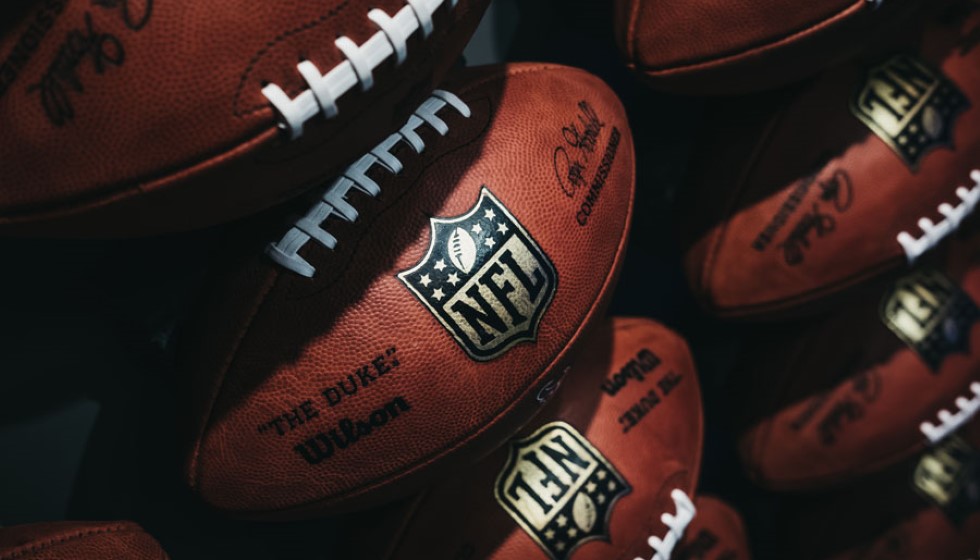
NFL's New Hip-Drop Tackle Rule Faces Early Implementation Challenges
The NFL's newly implemented rule banning hip-drop tackles has been met with both scrutiny and inconsistency in its enforcement through the first few weeks of the season. Intended to enhance player safety by penalizing dangerous tackles, the rule assigns a 15-yard penalty and an automatic first down on the defense. Despite these clear stipulations, enforcement has been anything but smooth.
Early Season Struggles
As the season progresses, it has become increasingly clear that the league's officiating body is facing difficulties in consistently applying this rule. Through the first 31 games, multiple instances of the prohibited tackle have been identified, yet actual penalties have been scarce. In Week 1 alone, officials missed calls on at least two hip-drop tackles, including an incident involving Bears linebacker T.J. Edwards, who escaped penalty but may still face a fine from the league.
Impact on Player Safety
The ramifications of missed calls are not just bureaucratic but have real consequences for player health. Houston Texans running back Joe Mixon is currently nursing an ankle injury that may have resulted from a hip-drop tackle. During a recent game, Mixon left the field with an ankle injury and was listed as questionable to return. Though he did make a comeback in the fourth quarter, the concern remains. Texans head coach DeMeco Ryans noted, "Joe got rolled up. The guy's weight definitely came down on his ankle. Didn't look good from my view."
Mixon himself took to Twitter to emphasize the urgency of enforcing the rule: "The NFL and NFLPA made it a rule and an emphasis for a reason. Time to put your money where your mouth is." With Mixon still awaiting the results of his MRI, the implications of the hip-drop tackle rule are more pressing than ever.
Understanding the Hip-Drop Tackle
The NFL has explicitly defined the hip-drop tackle, explaining it as a foul that occurs when a player grabs or wraps the runner and then drops his hips or lower body, landing on the runner's legs at or below the knee. This form of tackle is notorious for causing severe leg injuries, potentially sidelining players for extended periods.
While the rule's intention is to protect players, inconsistencies in officiating compromise its effectiveness. On this topic, Ryans added, "We'll evaluate Joe throughout the week. Hopefully he's okay. Have to see the film and see if it was really a hip-drop tackle."
The Role of Officials
Officials bear the critical responsibility of upholding mandated safety measures during the game. Failing to enforce these rules not only undermines the integrity of the game but also puts players at considerable risk. The early inconsistent enforcement of the hip-drop tackle rule has highlighted this challenge, casting a spotlight on the officiating body tasked with ensuring player safety.
With the season still in its early stages, whether the enforcement of this rule will become more rigorous remains to be seen. However, it is evident that the league must address these inconsistencies promptly to safeguard the well-being of its players and maintain the sport's integrity.